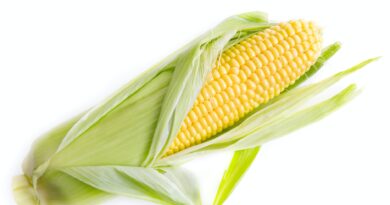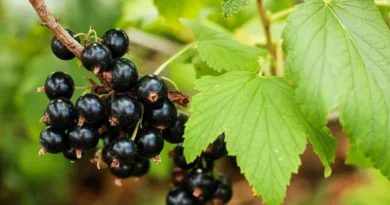Growing Parsnips: A Guide to Health Benefits and Meal Ideas
Parsnips are a root vegetable that is often overlooked, but they can be a delicious and nutritious addition to any diet. They are a member of the carrot family and have a sweet, earthy flavor that is perfect for roasting, soups, and stews. Not only are parsnips delicious, but they also offer many health benefits. In this blog post, we will explore how to grow parsnips, their health benefits, and some meal ideas.
Growing Celery:
- Choose a cool-season to grow your parsnips: Parsnips prefer cool weather, so it’s best to plant them in the spring or fall. If you live in a warm climate, you may need to grow them in the cooler months or at higher elevations.
- Prepare the soil: Parsnips grow best in well-drained soil that is rich in organic matter. Start by removing any rocks or debris from the soil. Then, loosen the soil to a depth of at least 12 inches using a garden fork or tiller. Add compost or well-rotted manure to the soil to provide nutrients and improve drainage.
- Sow the parsnip seeds: Parsnip seeds are best sown directly into the ground, as they do not transplant well. Plant the seeds about 1/2 inch deep and 2-3 inches apart. If you are planting multiple rows, space the rows about 12 inches apart. Water the seeds gently to avoid washing them away.
- Water the parsnip seeds regularly: Parsnip seeds need to be kept moist until they germinate, which can take up to three weeks. Water the seeds gently to avoid washing them away. Once the seedlings have emerged, water them deeply once a week, or more often in hot, dry weather. Be careful not to overwater the parsnips, as this can cause the roots to rot.
- Thin the parsnips: Once the parsnip seedlings are about 2 inches tall, thin them to about 4-6 inches apart. This will allow the remaining parsnips to develop into large, healthy roots. If you leave the seedlings too close together, they will compete for nutrients and water and produce small, stunted roots.
- Fertilize the parsnips: Parsnips do not require a lot of fertilizer, but they do need some nutrients to grow well. Apply a balanced fertilizer, such as 10-10-10, to the soil around the parsnips every four to six weeks during the growing season. Be careful not to overfertilize the parsnips, as this can cause the roots to split.
- Weed the parsnips: Keep the area around the parsnips free of weeds, as they can compete with the parsnips for nutrients and water. Pull weeds by hand, being careful not to disturb the parsnip roots.
- Harvest the parsnips: Parsnips take around 120 days to mature, so be patient. They are ready to harvest when the leaves turn yellow and the roots are about 1 inch in diameter at the top. To harvest the parsnips, gently loosen the soil around the roots with a garden fork and pull them out of the ground by the stem. Be careful not to break the roots, as this can cause them to rot.
- Store the parsnips: Once you have harvested the parsnips, remove the leaves and store the roots in a cool, dark place, such as a root cellar or refrigerator. They will keep for several weeks to a few months, depending on the storage conditions.
Health Benefits of Parsnips:
Parsnips are a great source of fiber, vitamins, and minerals. They are particularly high in vitamin C, folate, and potassium. Here are some of the health benefits of parsnips:
- Improve digestion: Parsnips are high in fiber, which helps to promote healthy digestion.
- Boost the immune system: Parsnips are high in vitamin C, which helps to support the immune system.
- Reduce inflammation: Parsnips contain antioxidants that help to reduce inflammation in the body.
- Promote healthy skin: Parsnips are high in vitamin C, which helps to promote healthy skin.
- Support healthy bones: Parsnips are high in potassium, which is important for maintaining healthy bones.
Meal Ideas:
Parsnips can be used in a variety of dishes, from soups to roasted vegetables. Here are some meal ideas to get you started:
- Roasted parsnips: Cut parsnips into sticks, toss them in olive oil, and roast them in the oven at 400 degrees for 25-30 minutes, or until they are tender and caramelized.
- Parsnip soup: Sauté onions and garlic in a pot, add chopped parsnips, and cover with vegetable broth. Simmer until the parsnips are tender, then blend until smooth.
- Parsnip fries: Cut parsnips into thin sticks, toss them in olive oil, and bake them in the oven at 425 degrees for 20-25 minutes, or until they are crispy.
- Parsnip and apple salad: Shred parsnips and apples, and toss them with a dressing made from olive oil, apple cider vinegar, and honey.
- Parsnip puree: Boil parsnips until they are tender, then mash them with butter and cream to make a delicious puree.

Parsnips are a versatile and nutritious vegetable that can be easily grown and used in a variety of dishes. They offer many health benefits and can be a great addition to any diet. So, why not give parsnips a try and see what delicious meals you can create?




